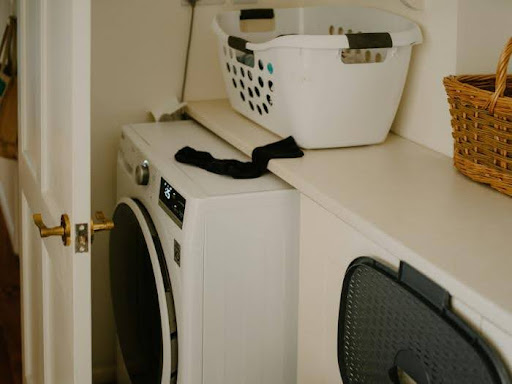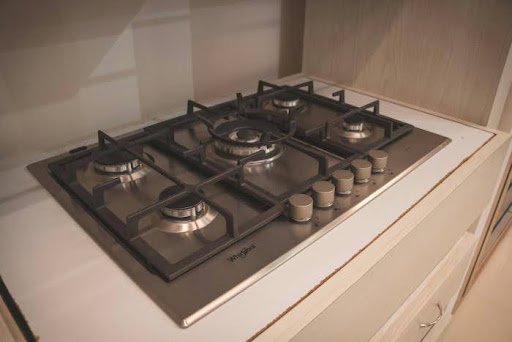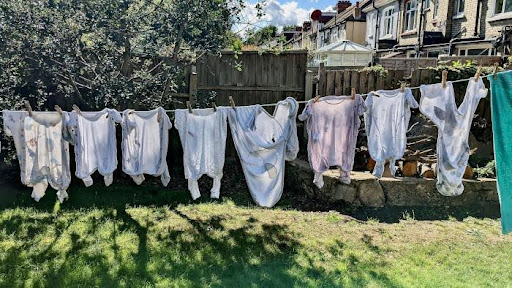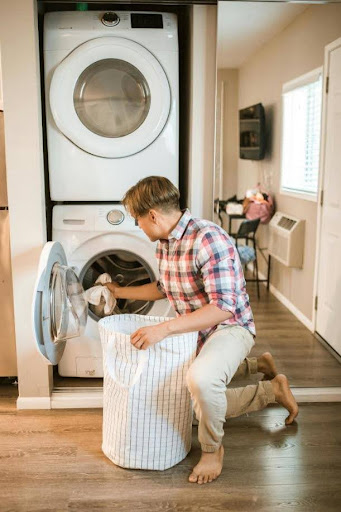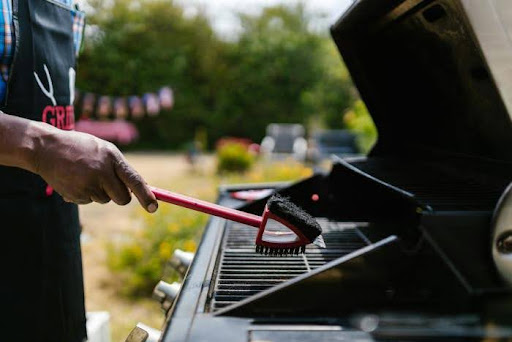Recent Comments
Categories
Author: Francine Oliver
How to Maintain a Front Load Washer
Front load washing machines are becoming more popular than ever these days. The benefits of their water usage efficiency are becoming more well-known, and the machines themselves are improving to become longer-lasting and less conducive to mold growth. Even so, there are several ways to maintain a front load washer to keep it in pristine …
Basic Maintenance Tips for Your Range Hood
Your range hood is susceptible to splatters and grime because it sits right above your cooktop. This leads to grease accumulation and other sticky messes especially if it doesn’t receive the maintenance it needs. When you establish a regular cleaning routine, your range hood becomes spotless and you don’t have to deal with this mess …
Reasons Why Your Washing Machine Won’t Start
Is your washing machine having troubles starting up? How long has it been since you’ve owned it or have it undergone maintenance? Well, appliance problems are very common and using them on a regular basis will take its toll, especially if no maintenance work has been done for a while now. If you need help …
Removing Burn Marks from Your Cooktop
Burn marks on a cooktop can make it look dirty even after cleaning it and can be difficult to get rid of using only soap and water. The good news is that such severe marks can still be removed using some elbow grease and a more intense cleaning method. Understanding stovetop burn marks: Causes and …
How To Get Rid of The Smell in Your Fridge
The refrigerator gets a lot of attention in a household because of the tasty foods stored inside. However, there are times when it doesn’t always get the kind of attention it needs. With all sorts of food being stored inside, there’s no doubt that a certain odor will emit, especially if it doesn’t get maintained …
Do Your Clothes Smell After Washing Them?
When you decide to have your clothes cleaned using a washing machine, you expect them to smell good after. But even after the washing and all, do you find them to still smell a bit musty? If that’s the case, then the culprit could be your washing machine. Why? Let’s find out! Reasons Why Your …
Things You Should Never Put in Your Dryer
If you’re in a rush, it’s easy to just throw everything into the dryer and call it a day. However, getting used to this habit can have some consequences to both your dryer and your clothing. It’s important that you know how to properly do the laundry to ensure that you’re not causing any damage …
Things to Not Put in Your Dishwasher
Some people find washing dishes such a chore, which is why they would invest in a handy appliance like a dishwasher. But despite its usefulness, there are still some things that you can’t put in your dishwasher because it poses a risk of damaging it. To help you better understand, these are some of the …
How To Handle Mold in Your Fridge
When you find mold in your fridge, it can be a worrying sight. Not only are these things unpleasant, but they can become a potential health risk. In this article, we will discuss more about mold buildup in your fridge and what are the actions you need to do upon seeing these signs. Identifying mold …
Cleaning Your Grill Grates Before Your Next BBQ Hangout
Is this your first time owning a BBQ grill and you’re wondering how you can clean it? There’s a good chance that you just had a BBQ full of grease and grime, and the thought of cleaning it right away may have slipped your mind. Throwing the ashes away is the easy part and cleaning …
Cleaning Your Grill Grates Before Your Next BBQ HangoutRead More


